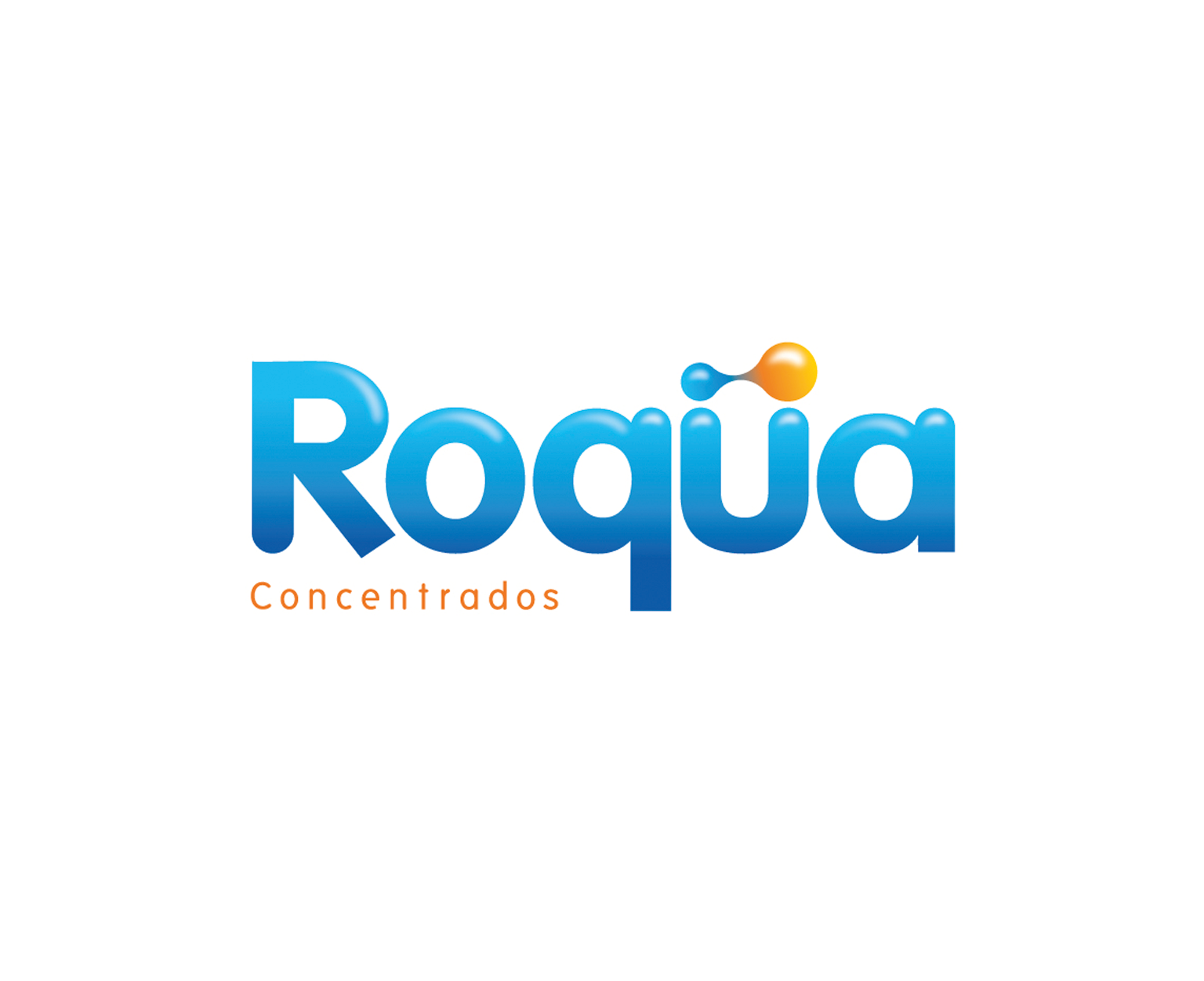1. Introduction: The Power of Symbols and Their Historical Significance
Throughout human history, symbols have served as powerful tools to communicate ideas, beliefs, and protections. Across diverse cultures, protective symbols—such as amulets, talismans, and sacred emblems—have been believed to ward off harm, including destructive forces like fire. These symbols often carry deep psychological and cultural significance, shaping perceptions of safety and resilience.
Fire, as one of nature’s most destructive forces, has historically prompted both fear and reverence. Human responses to fire have ranged from practical measures to spiritual rituals, reflecting a complex relationship where symbols often played a central role in the quest for protection.
Table of Contents
- Historical Perspectives on Protective Symbols Against Fire
- The Symbolic Language of Fire and Its Cultural Interpretations
- Modern Design and Scientific Perspectives on Fire Protection
- The Role of Artistic and Cultural Symbols in Modern Media and Products
- Case Study: Phoenix Graveyard 2 – A Modern Illustration of Symbolic Protection
- Non-Obvious Dimensions of Protective Symbols
- Synthesis and Future Directions
- Conclusion: Bridging History, Culture, and Modern Innovation in Fire Protection
2. Historical Perspectives on Protective Symbols Against Fire
a. Ancient Cultures and the Use of Symbols for Fire Protection
Ancient civilizations, including Egyptians, Greeks, and Romans, employed symbols believed to ward off fire. Amulets inscribed with protective symbols—such as the Egyptian scarab or Greek talismans—were worn by individuals to safeguard against burning dangers. These objects often combined symbols of power, divine protection, and natural elements, reflecting the deep-seated belief that symbols could influence unseen forces.
b. Architectural Features Designed to Ward Off Fire
Historically, architecture incorporated fire-resistant design elements, often imbued with symbolic meaning. Gothic structures, for example, utilized fireproofing features like stone vaults and buttresses, which symbolized strength and endurance. Some historic cemeteries employed ornate ironwork and stone carvings depicting protective motifs, serving both aesthetic and symbolic functions in creating safer environments.
c. Rituals and Beliefs in Fire Protection
Many cultures practiced rituals aimed at invoking divine protection against fire. In medieval Europe, processions and prayers were conducted to seek divine favor, often accompanied by symbols like crosses or sacred relics. Similarly, in Asian traditions, fire rituals involving symbolic offerings aimed to purify spaces and prevent destructive fires.
3. The Symbolic Language of Fire and Its Cultural Interpretations
a. Fire as a Symbol of Transformation, Danger, and Purification
Fire has long been associated with change—its transformative power symbolizing rebirth and renewal. Cultures worldwide see fire as a purifier, capable of cleansing impurities and old energies. Yet, it also embodies danger, representing destruction and mortality, which has led to the development of symbols signifying resilience and protection.
b. Symbols Representing Protection or Resilience
Feathers, especially those of mythic creatures like the phoenix, embody rebirth and resilience. Heraldic emblems often feature shields, swords, or mythical beasts—symbols that evoke protection and strength. These images serve as visual metaphors for safety, inspiring confidence in the face of threats like fire.
c. Gothic Graveyards as Metaphors for Mortality and Safety
Gothic cemeteries, with their ornate tombstones and iron fences, symbolize mortality yet also serve as protective boundaries. Their design reflects cultural beliefs about safeguarding the living from the dangers of death and fire, using symbolism to create spaces of safety amid the inevitable cycle of life and death.
4. Modern Design and Scientific Perspectives on Fire Protection
a. Material Science: How Physical Symbols and Designs Contribute to Fire Resistance
Advances in materials science have led to the development of fire-resistant materials that often incorporate symbolic patterns or motifs. For example, intumescent coatings or fireproof panels may feature embossed symbols or colors that psychologically reinforce safety, blending function with visual cues rooted in cultural symbolism.
b. Use of Spiritual and Symbolic Motifs in Modern Safety Equipment and Architecture
Modern fire safety architecture sometimes integrates symbolic elements such as phoenix motifs or protective emblems to evoke resilience. For instance, some fire stations incorporate mythic or heraldic symbols into their logos and designs, aiming to inspire confidence and psychological reassurance among occupants and responders.
c. Influence of Cultural Symbolism on Contemporary Standards
Building codes and safety standards are increasingly recognizing the psychological impact of symbols. While physical measures are paramount, the use of culturally resonant symbols in signage, alarms, and emergency plans can enhance perception of safety and compliance.
5. The Role of Artistic and Cultural Symbols in Modern Media and Products
a. Symbols in Branding and Product Design
Brands often leverage symbols to evoke safety and resilience. For example, mythic creatures like the phoenix symbolize rebirth and strength, making them popular in branding for safety equipment or protective services. The thematic example of 🔥 phoexir grveyard 2 demonstrates how modern media employs such symbols to create immersive narratives of protection and renewal.
b. Psychological Effects of Symbols
Research shows that symbols like feathers, mythic creatures, or shields can elicit subconscious feelings of safety and resilience. These visual cues activate innate protective instincts, which are then reinforced through cultural narratives and stories.
c. Case Studies in Media and Campaigns
Modern campaigns utilize symbols like the phoenix or guardian emblems to promote fire safety awareness. Video games, advertisements, and educational programs harness these symbols to foster a sense of security and resilience among audiences.
6. Case Study: Phoenix Graveyard 2 – A Modern Illustration of Symbolic Protection
a. Overview of the Game’s Thematic Elements and Symbolism
🔥 phoenix graveyard 2 exemplifies how modern media integrates ancient symbols to evoke themes of rebirth, resilience, and protection. Its design draws from mythic symbolism—particularly the phoenix, a creature reborn from fire—highlighting the enduring human desire for renewal amidst destruction.
b. Integration of Historical and Cultural Symbols
The game’s imagery incorporates gothic motifs, phoenix imagery, and protective emblems, creating a layered narrative that resonates with deep-rooted cultural symbols of safety. This approach not only enhances aesthetic appeal but also psychologically reinforces themes of resilience against fire.
c. Significance of Free Spins and Cycles of Resilience
In gaming, free spins symbolize cycles of chance and renewal, echoing the mythic phoenix’s rebirth. This metaphor subtly communicates resilience against destructive forces like fire, aligning with the idea that safety and renewal are ongoing processes, both in games and in real life.
7. Non-Obvious Dimensions of Protective Symbols
a. Subconscious Influence on Behavior
Symbols often influence human behavior subconsciously. For example, the presence of a phoenix or a shield emblem can boost confidence and calmness in stressful situations, contributing to a perception of safety even without active physical protection.
b. Inspiration for Real-World Innovations
Designers and engineers draw inspiration from symbolic motifs when developing fire safety technologies. The integration of aesthetic symbols into safety gear or building designs can improve user engagement and compliance, blending cultural resonance with practical efficiency.
c. Ethical Considerations
While symbols can enhance perceived safety, they cannot replace physical safety measures. Ethical considerations involve ensuring that reliance on symbolism does not lead to complacency, emphasizing the importance of robust physical protections alongside symbolic reassurance.
8. Synthesis and Future Directions
a. Learning from History for Modern Design
Historical insights reveal that symbols have always complemented physical safety measures. Modern architects and designers can harness this knowledge by creating environments where symbolic elements reinforce safety protocols, fostering a holistic protective environment.
b. The Evolving Role of Symbols in a Technological Age
As technology advances, the role of symbols expands into digital interfaces, virtual environments, and augmented reality. Symbols like the phoenix or guardian emblems can serve as intuitive cues in these new domains, guiding users toward safety behaviors.
c. Blending Symbolism, Science, and Architecture
The future of fire protection lies in integrating cultural symbolism with scientific innovation and architectural design. This synergy can create environments that are not only physically safe but also psychologically reassuring, harnessing the enduring power of symbols to safeguard humanity.
9. Conclusion: Bridging History, Culture, and Modern Innovation in Fire Protection
“Symbols are the bridge between our cultural subconscious and tangible safety measures, offering a psychological shield against hazards like fire.”
In summary, protective symbols have played a vital role across history—from ancient amulets to modern branding. They embody cultural values, inspire resilience, and influence perceptions of safety. As technology evolves, the integration of these symbols with scientific and architectural innovations promises a future where safety is both physically effective and psychologically comforting.
Understanding the deeper significance of symbols extends beyond surface appearances, revealing their potential to enhance human resilience against destructive forces. Modern examples, such as the thematic elements in 🔥 phoenix graveyard 2, illustrate how ancient symbols continue to inspire innovative approaches to safety and rebirth in a rapidly changing world.












